
The city of Siem Reap has earned its international fame from its Angkor temples. The most famous and popular being Angkor Wat, a temple complex built in the early 12th century and the largest religious monument in the world. Other prominent sights include Angkor Thom, Ta Prohm and Phnom Bakheng, among many others. In fact, the main Siem Reap town where the Old Market is located, is equally charming with its colonial and Chinese-style architecture in an Old French Quarter, not forgetting the Apsara dance performances that could transport us back in time to the glorious Khmer empire while savouring our food and wine.
Together with a few photo-enthusiast friends, we decided to set our foot on this magnificent place in search of Kings Suryavarman and Jayavarman's legacy, and of course some good photographs to return with, we hoped. With our itinerary worked out and all our gear packed and checked, we finally departed on Jetstar for one of the most revered photography mecca of our time.
Getting around Siem Reap and the temples is easy. Taxis are easily available if you prefer comfort and protection from the elements. Alternatively, the cheaper and more abundant tuk tuks will always be there for you at every corner, if you do not mind getting sandblasted while traversing some areas.
We got a taxi from the airport and quickly checked into our hotel - Bopha Angkor. Without delay, we were all out on the street again with our cameras, looking forward to witness some of the world's most recognisable and impressive monuments.



Kbal Spean was our first stop. It is an Angkorian archaeological site in Kulen Hills, situated along a 150m stretch of the Kbal Spean River. We decided to book a taxi as our first stop was rather far from town. Including our quick stop to get the 3-day pass (US$40), the whole journey took 1hr and 15mins (around 50 km from town). The long car ride wasn't the end. There was still a long walk from the car park through the forest to reach the The River of a Thousand Lingas, what it's commonly known as. Including a few photo stops through majestic buttresses and rock formations, it took us an hour to reach the river, which was an achievement considering the deteriorated state of our bodies.
Next, we dropped by Banteay Srei, which is on the way back to town. Its signature red sandstone construction, the intricacy of the bas relief carvings, and its rather miniature scale for a temple, have earned its name Bantãy Srĕi, which means citadel of the women or citadel of beauty.
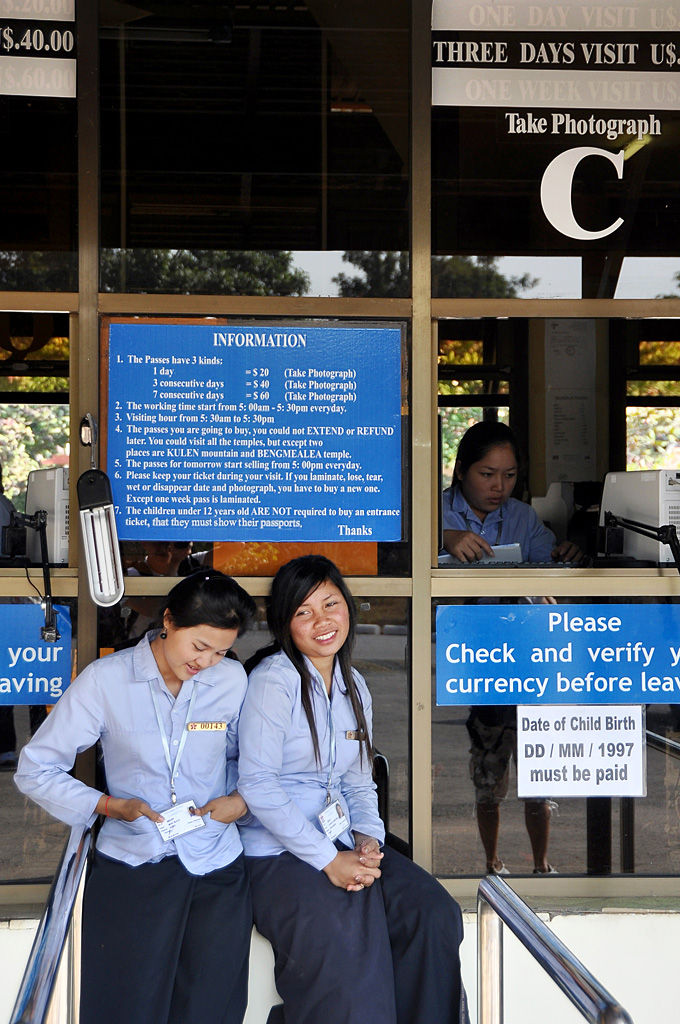









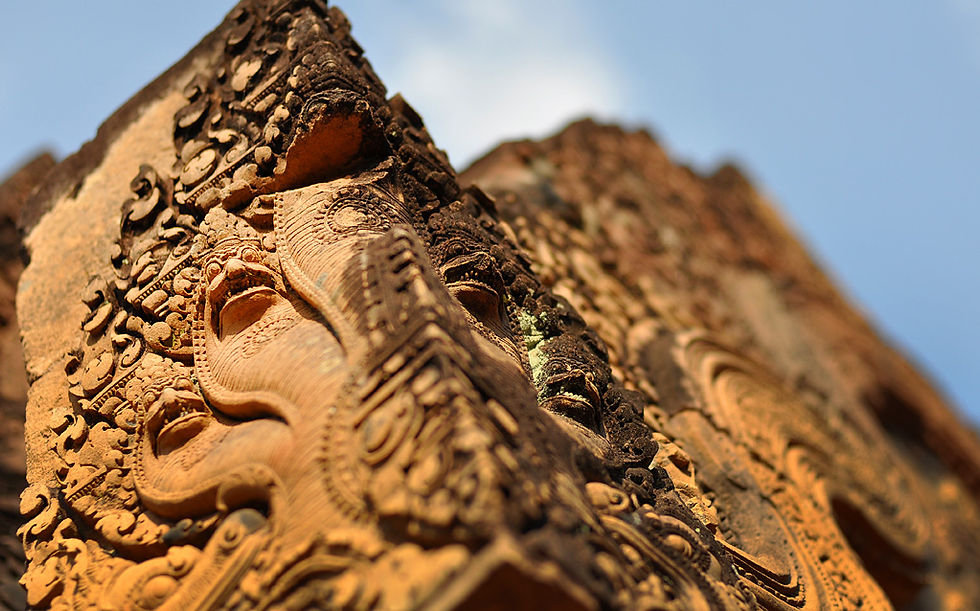
Another not-to-be-missed attraction is watching sunset at Phnom Bakheng, a Hindu temple located atop a hill. Similar to the mandatory sunrise watching at Angkor Wat, where almost every tourist in Siem Reap would congregate with a tripod in hand without fail, the upper terrace of Phnom Bakheng would see the same every evening. The walk up to the temple should take around 20 minutes from the car park, tracking through unpaved footpath up the hill and finally, scaling the almost vertical stone steps on all four. These steep stone steps, dating back to the late 9th century, could be challenging for some. Carry light, wear comfortable shoes, and for ladies, you might not want to be wearing a skirt.





A variety of local beer for dinner.
The next morning, we grabbed our cameras, tripods, jackets and torchlights; endured the chilly morning wind in our face as our tuk tuks charged toward Angkor Wat to catch the mighty sunrise. To our horror, the edges of the lily pond were lined with people, tripods and chairs, all shoulder to shoulder. That was 6am, which I guess was considered late to get a good seat to witness this epic moment of the tangerine sun against the elegant silhouette of classical Khmer architecture, reflecting perfectly in symmetry on the lily decorated pond. At that moment, I told myself "I'll be back" (which I did later in the same year).
The rest of the day was temple overdose. We covered thoroughly the grounds of Angkor Wat, Angkor Thom and finally Ta Prohm. At 5pm, we were all exhausted physically and mentally. We probably didn't know what temple we were standing in and what bas relief and carving we were looking at. What could be better than a 2 hour spa at this time. So we headed back to town and get pampered at Bodia Spa before dinner.
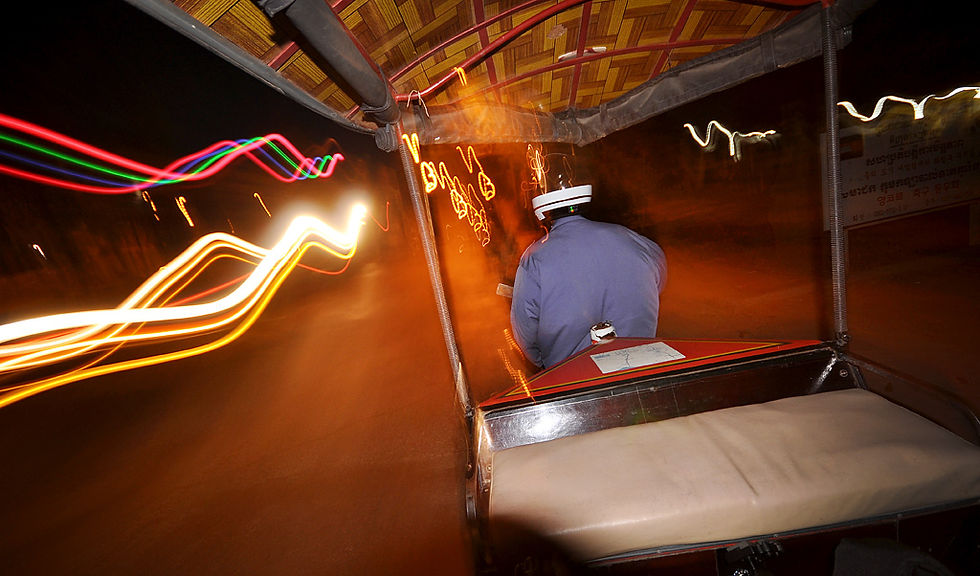






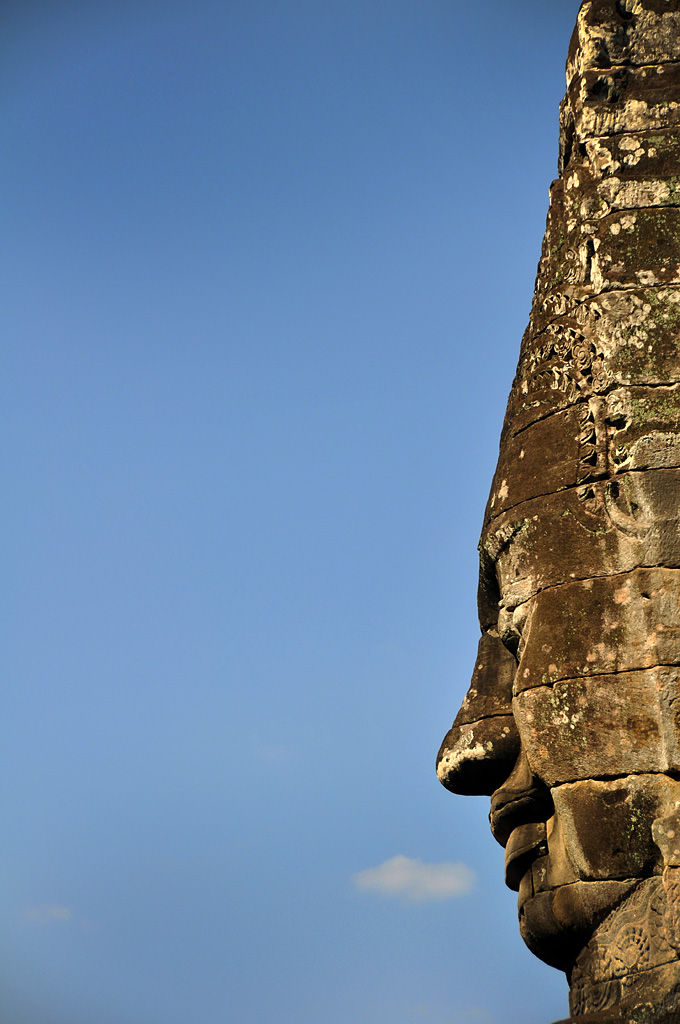






Enough of temples and Khmer architecture, our third day was devoted to visit Kampong Phluk, a water village located at the edge of Tonle Sap lake. It is definitely worth a visit despite its inaccessibility. Getting there during the dry season is more difficult than in the wet. When the roads leading to the village are flooded, they become a network river ways which you could just reach there in a boat directly. However, during the dry season, "roads" would appear but they are in horrendous condition due to their submersion for half a year in water, which only motorcycles and 4WD could ply on.
It was the dry season, which is more worthy of a visit as the entire village would soar 10 metres in the air on wooden stilts. You would literally be walking on the river bed, which would otherwise be submerged during the wet season. This drastic change in water level has resulted in a fascinating sight and experience as you zig-zag your way around the tall stilts and see life flourish on this dry river bed, including the locals drying shrimps, children playing, and even a barber providing hair cutting services.
Look out for houses which offer a place to rest your feet and have a drink. Entrepreneurial villagers would open their houses and turn them into drinks stalls, which offer a beautiful view of the village.
There are several ways to get there from Siem Reap town. We opted for a short taxi ride to the Chong Khneas jetty (around 30mins from town), followed by a long boat ride across lake Tonle Sap (around 1hr 45mins). Alternatively, you could endure a longer road journey on taxi or tuk-tuk, followed by pillion on a motorcycle, and finally a much shorter boat ride; an option for people who do not prefer bumping on the waves (more details on this option will be covered in another post of my next trip).
We spent around an hour and a half at Kampong Phluk, just right for some photos and exploration. Time to endure another long boat ride back to Chong Khneas. We headed straight back to town for lunch and explored the colourful Old Market, which one could find local fresh produce, tourist souvenir, and clothing apparels. What could be better than another massage after a tiring day in the sun. Body Tune offers reasonably priced treatments including mani and pedicure. Bodia Spa we tried the day before was better though.


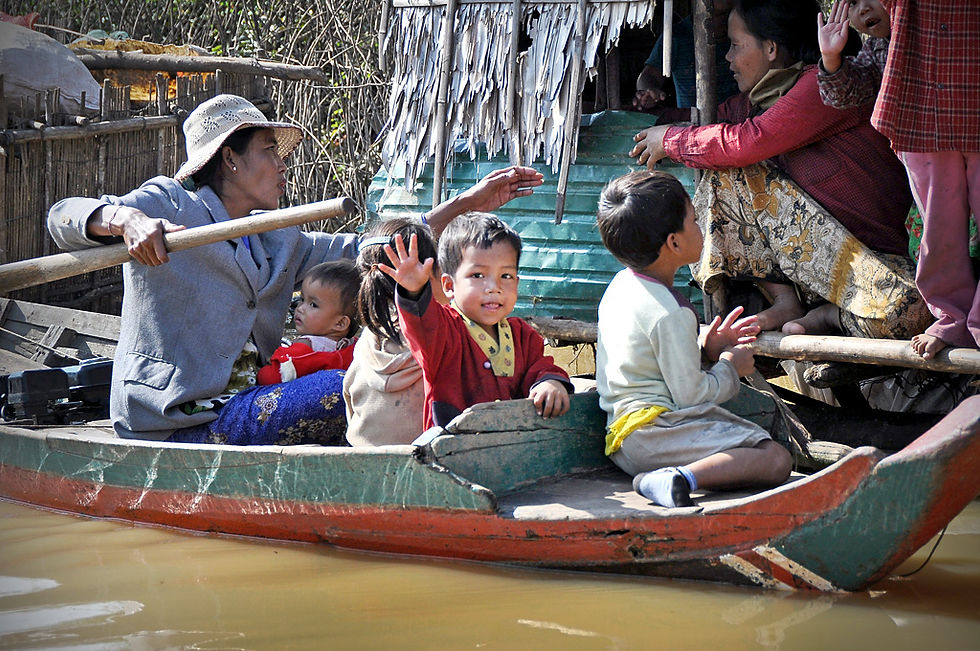


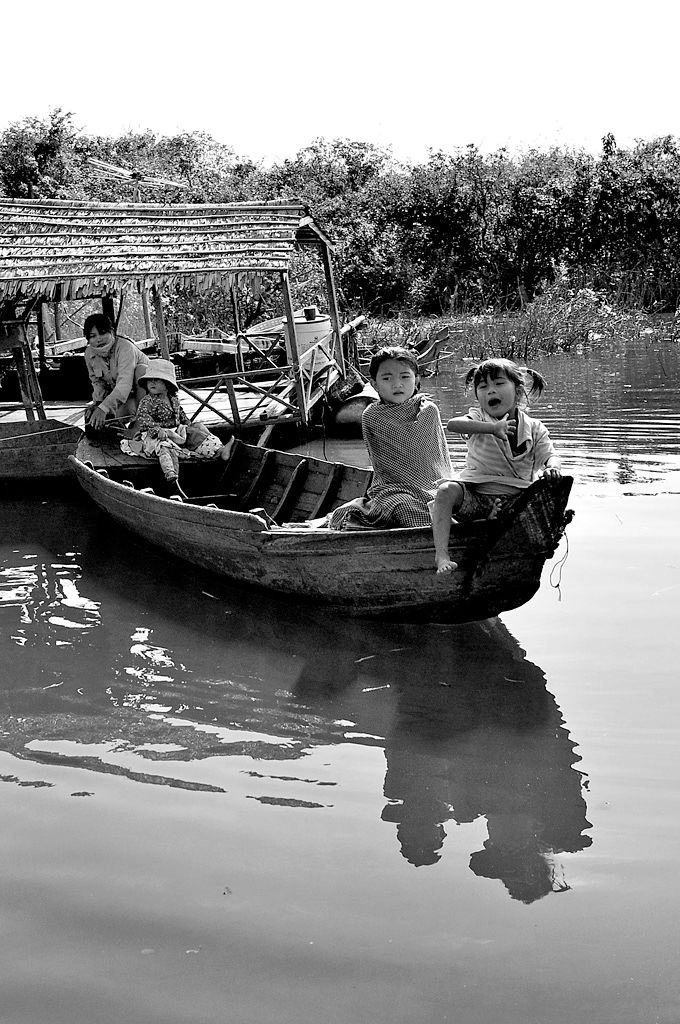











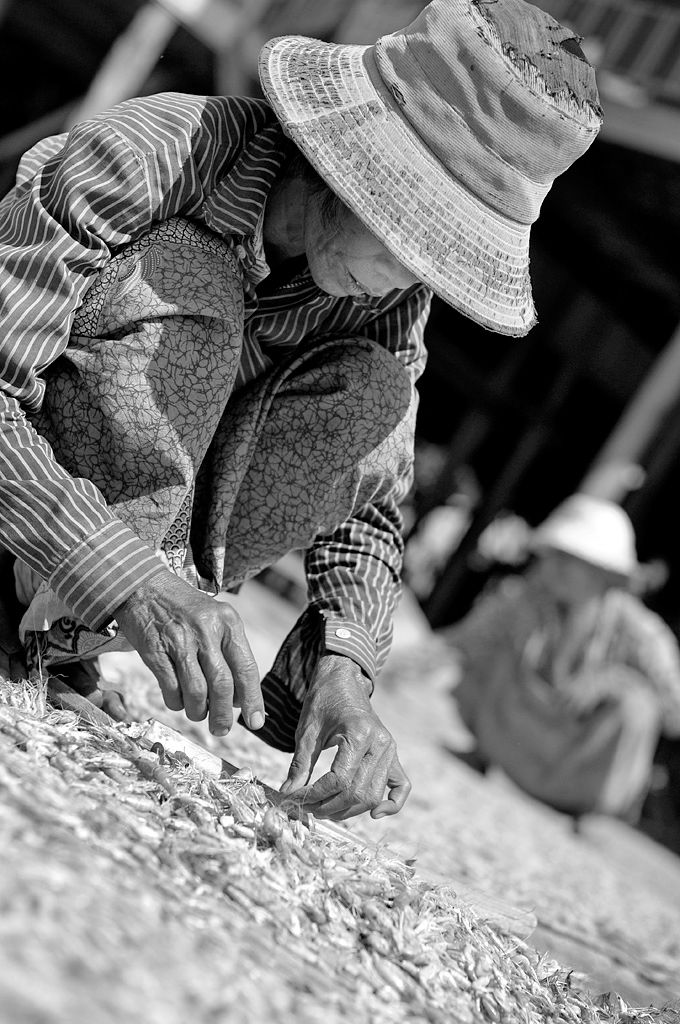
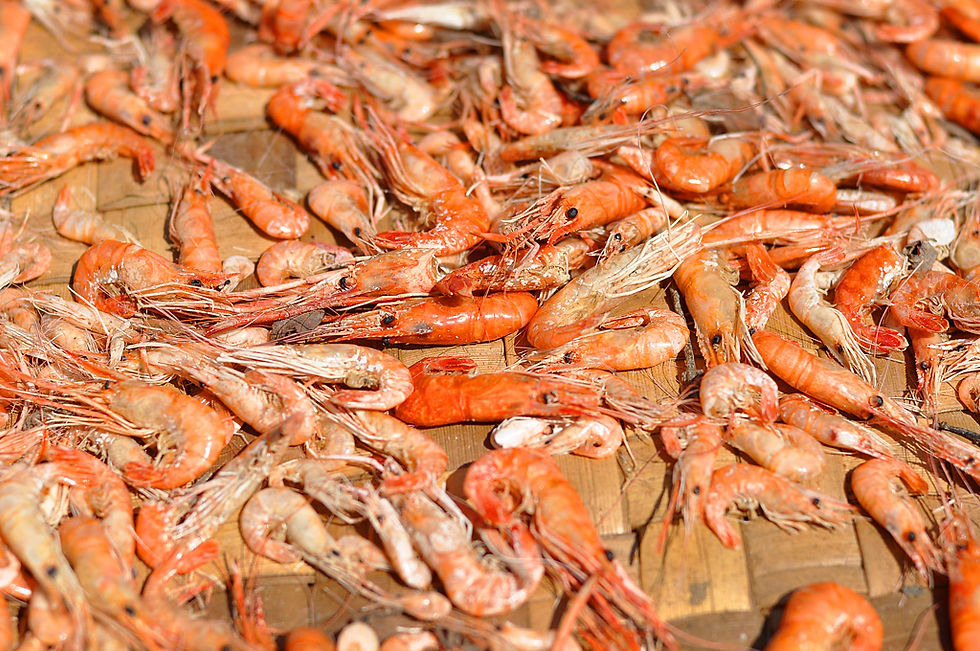



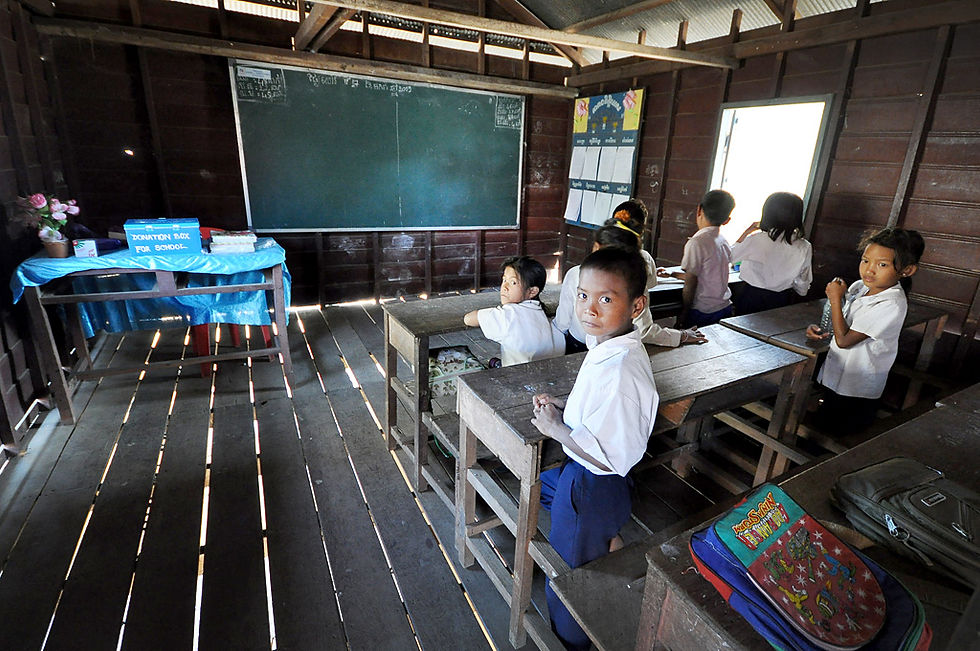





Finally, we wrapped up our last evening there with a Cambodian BBQ - Phnom Pleung (fire Mountain). It is a dome-shaped BBQ hot plate on the table where one could choose from a large selection of meats from crocodile, ostrich, chicken, beef or seafood. Of course, with an Angkor Beer each in our hands to celebrate King Suryavarman II's victory in battle, which had hence allowed him to build and leave behind wonders like the Angkor Wat for us all to admire every time the sun rises from the Angkorian horizon for more than 900 years.







Facts and Figures:
Date of Trip: January 2009
Accommodation: Bopha Angkor
Equipment: Nikon D90, Sigma 10-20mm f4-5.6, Nikon AFS 18-200mm f3.5-5.6, Nikon AF 50mm f1.4D
Tips:
Book a taxi for visiting further sights like Kbal Spean, Banteay Sri and Roluos temples instead of the tuk tuk, unless you do not mind the extra time and sandblast on your face.
Bring warm clothing when going to Angkor Wat to see sunrise. Taking a tuk tuk there can get quite chilly during the journey.
Remember your sturdy tripod and torchlight for sunrise photography at Angkor Wat. Reaching at 6am is obviously too late (read my post above).
Try to reach the top of Phnom Bakheng before 5pm for sunset photography, not forgetting the 20min walk up hill. Bring your torchlight as the walk downhill can be quite dark, especially if you choose to leave only after the crowd has dispersed.
If possible, do not visit all temple sights on the same day. Spread them out for better appreciation of each sight. However, do consider the type of temple pass you wish to get.
Temple passes are available in 1-Day (US$20), 3-Day (US$40), and 7-Day (US$60). 3 and 7-Day passes are consecutive days, and start immediately when the pass is bought. But if you were to buy a pass after 5pm, it would start counting on the following day, which means you would get a few hours of free access on that evening to watch an additional sunset.
There is no need to bring along a passport size photo anymore. All booths have a webcam which could take an instant photo over the counter and have your gorgeous face printed directly onto the pass.
Visit Ta Prohm in the very early morning. Tranquil and soulful, before bus loads of tourists start to flood and destroy the place.
Best time to visit Kampong Phluk is during the dry season (Nov to Apr), unless you wish to just boat around the village.
All information above are valid at the time of my travel. Please check other sources for updated information, if any.






Comments